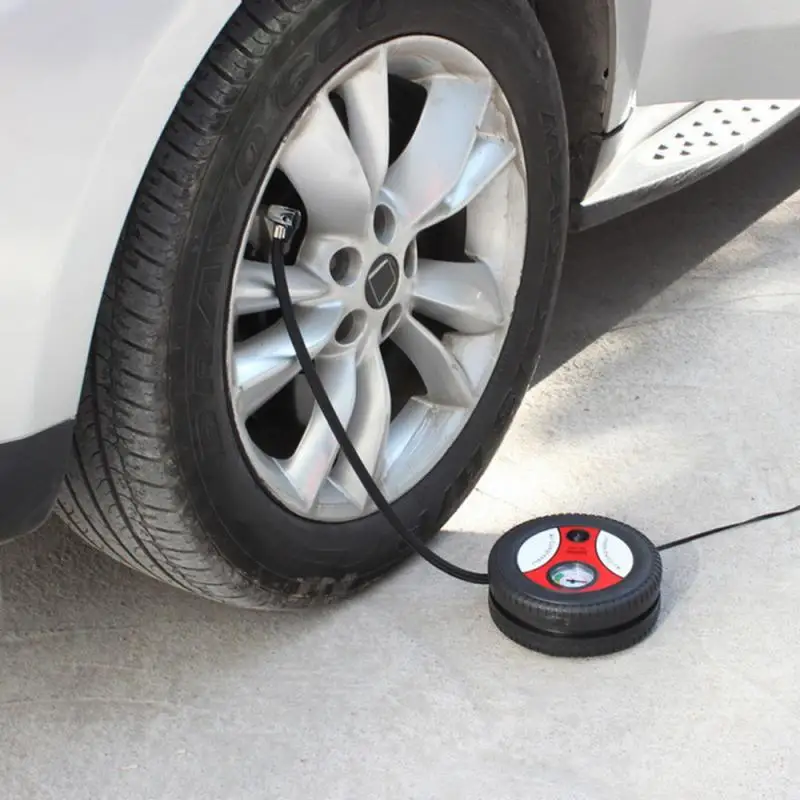A slow tire leak is more than just a nuisance. A leak can lead to low tire pressure. Not to mention, prolonged running on an underinflated tire can lead to more extensive tire damage or even cause a dangerous blowout.
If you’re experiencing a slow leak, here are some things to look for:A tire puncture: It is a common misconception that a puncture will cause the tire to immediately go flat. However, in many cases the object that caused the puncture remains lodged in the tire and prevents the air from leaking out quickly. As with all tire leaks, it is important not to ignore a puncture. Eventually the object will either wear down and/or work its way out of the tire. For more on this read our article How to Repair a Tire with a Safe, Permanent Fix.
Wheel damage: Another common cause for slow tire leaks is damage to the area where the tire bead meets the rim. This type of damage is typically cause by the driver hitting the curb, taking a speed bump at high speeds OR those dreaded potholes! The impact deforms the wheel’s metal surface which may cause the tire to pull away from the mounting surface of the wheel.
Valve stem damage: The third most common cause for slow tire leaks is worn out or damaged valve stems. Time, use and exposure to elements can cause your valve stems to wear out and cause leaks.
Diagnosing your tire leak:
If your vehicle is equipped with TPMS, you will know right away if you have a leak. If the sensor light on your dashboard goes off, you inflate all the tires back to proper pressure and the light goes back on a few days later – you likely have a leak. If your vehicle does not have TPMS, its important to check your tire pressure regularly.
Once you’ve identified that you have a leak, use TECH Chek to locate the source of your leak. Simply spray the product all around the tire. Where the surface of the tire begins to bubble is likely the source of your leak.
Where the surface of the tire begins to bubble is likely the source of your leak.
It’s important to have your tire diagnosed by a professionally trained tire shop or mobile tire repair service as soon as possible. In the case of a puncture, you may want to use a tire repair kit to keep your tire properly inflated until you can have it serviced. The leak should then be permanently fixed using a proper tire repair consisting of a cured rubber stem and repair unit.
If the leak is caused by a damaged valve, a trained tire technician can typically replace the valve at a minimal cost. In some cases, however, the tire may need replaced.
If the leak is caused by a damaged wheel, a tire technician may be able to reseat and seal the tire using a bead sealer. However, if the damage to the wheel is significant, unfortunately that means you may need to replace the wheel itself.
To read more about the types of damage that can and cannot be repaired, click here!
Your tires are where the rubber meets the road – literally – when it comes to the safety and performance of your car.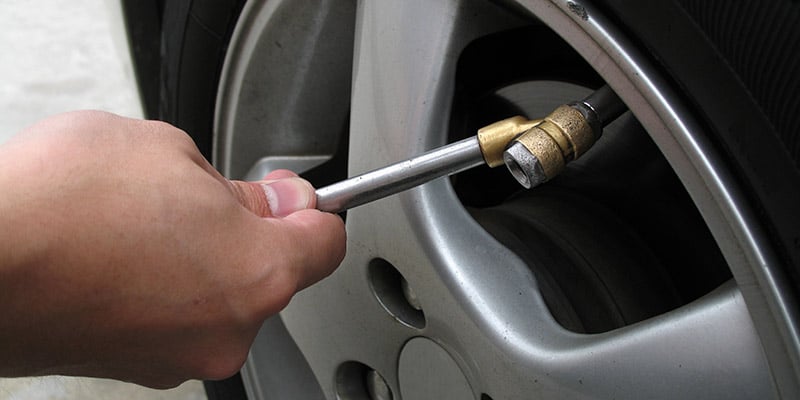 That means, if your tire is leaky, you could be putting your safety at risk.
That means, if your tire is leaky, you could be putting your safety at risk.
A leaky tire causes low tire pressure, which can decrease fuel economy, and put you at risk for a blowout. It also decreases the ability of your car to handle properly, making it more difficult to respond to emergency situations or drive in inclement weather.
In this article, we’ll discuss how you can diagnose and fix slow tire leaks. Don’t just ignore that low pressure sensor – check out this guide!
The Most Common Causes Of Slow Tire LeaksThere are three common issues that cause slow tire leaks. Let’s discuss each one of them now.
If your valve stem is damaged, there will be a slow and constant leak.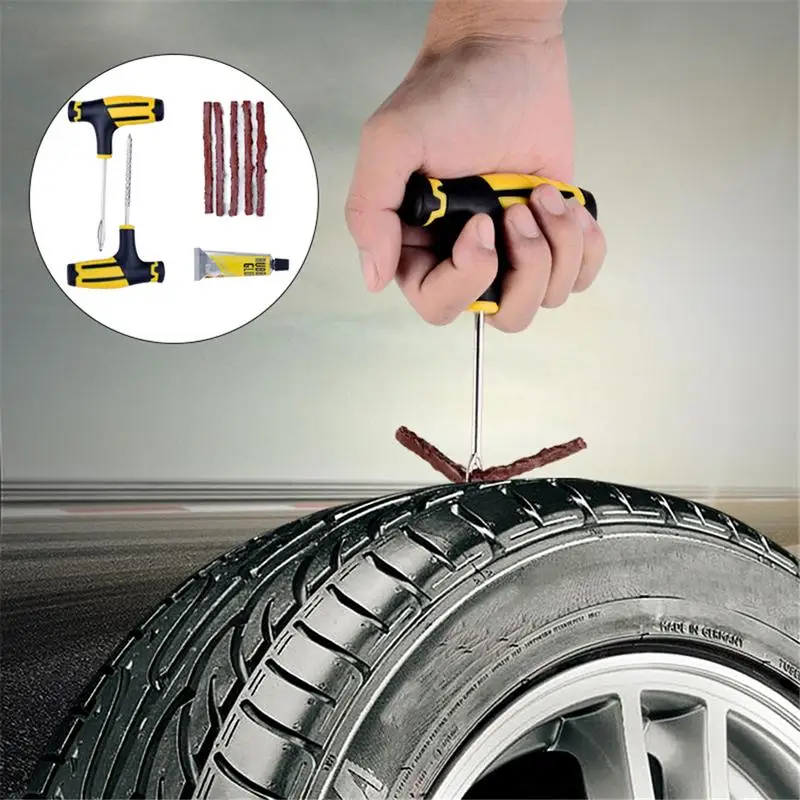 This leak could come from either the body of the valve, or the base of the valve, where it meets the tire.
This leak could come from either the body of the valve, or the base of the valve, where it meets the tire.
Contrary to popular belief, puncture damage usually doesn’t lead to an immediate flat tire or blowout, in most cases. This is because the object usually remains lodged in the rubber, preventing air from leaking quickly.
There are a few ways you can diagnose a slow tire leak
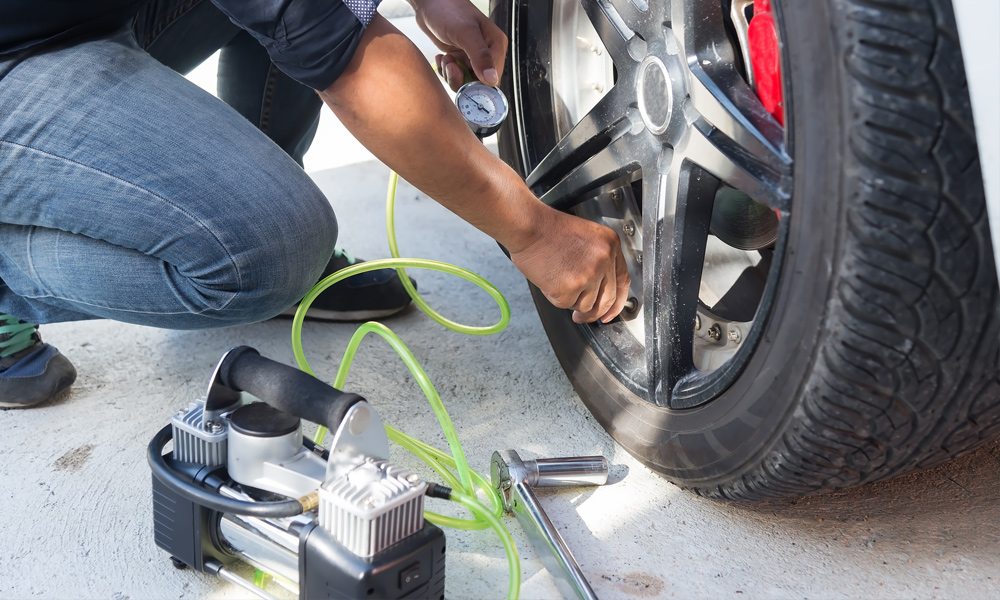 If one of your tires seems perpetually under inflated, chances are you have a leak.
If one of your tires seems perpetually under inflated, chances are you have a leak.
If you have a slow tire leak, you’ll want to have it repaired professionally as soon as possible. In some cases, you may want to keep a tire plug or patch kit in your vehicle. These kits are easy to use, and can keep your tire inflated until you bring it to a professional tire repair shop.
To permanently fix a tire leak caused by a puncture, you will need a “plug and patch”. This method of repair involves removing the tire from the wheel, and placing a combination plug and patch on the tire.
If your leak is caused by a faulty valve, you may need to replace it or your tire.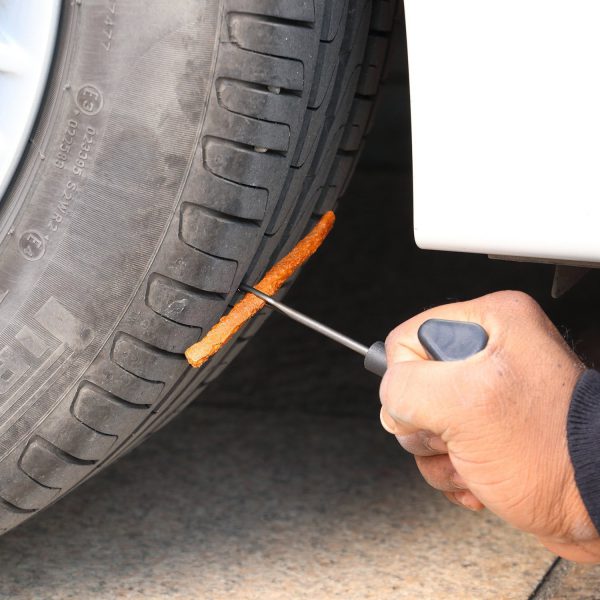 Leaks caused by a damaged mounting surface may require you to replace the entire wheel.
Leaks caused by a damaged mounting surface may require you to replace the entire wheel.
If you need to repair a tire damaged by a puncture, or you think your valve or mounting surface may be damaged, we can help!
Schedule your appointment on Ride Time today, and come to our service centre now in Winnipeg, to make sure you stay safe on the roads!
Most of the cars are equipped with wheels without a tube, which maintain pressure in the tire during a puncture.
They guarantee safe driving even when flat, and with little damage they can hold their shape for several days. Despite their practicality, you should immediately look for the causes of wheel leaks. If you do not repair a punctured car tire in advance or do not fix warped alloy wheels, the operation of the car will lead to an emergency.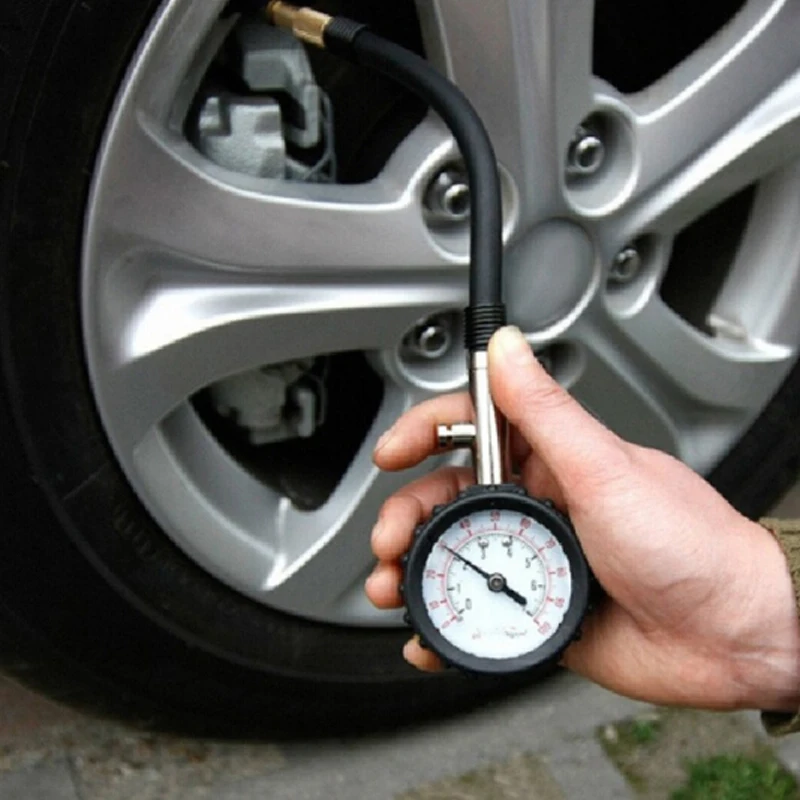
Since even tubeless tires flatten for no apparent reason, you need to carefully inspect the car and the condition of the wheels in order to detect a malfunction in advance. This will help to avoid a number of problems during the trip. Driving with flat tires adversely affects the performance of the machine. The vehicle has poor traction, the steering wheel pulls to the side with a bad tire, acceleration and braking are deteriorating. If the tires of the car are slowly deflated, this leads to increased fuel consumption.
To understand the problem, let's examine the reasons for which it releases air:
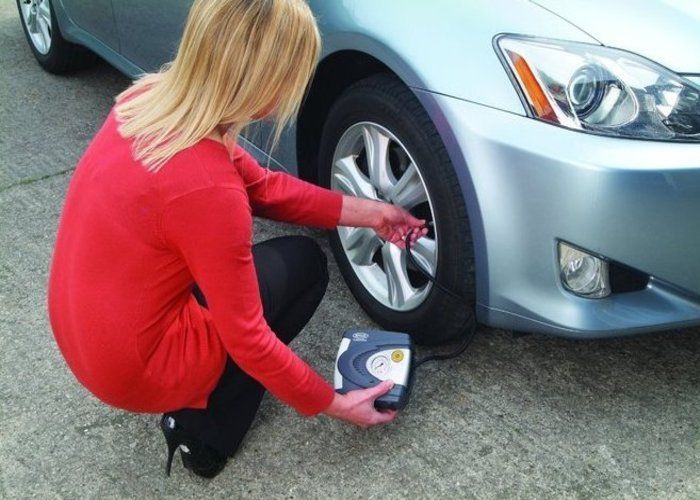 Since the screw or nail remains in the tread, the air escapes slowly, which allows you to safely drive to the service. Pulling out the item yourself, if it is not possible to immediately fix the wheel, is not worth it. This will lead to depressurization.
Since the screw or nail remains in the tread, the air escapes slowly, which allows you to safely drive to the service. Pulling out the item yourself, if it is not possible to immediately fix the wheel, is not worth it. This will lead to depressurization.  The problem is fixed in the profile service by aligning the rim of the alloy wheel.
The problem is fixed in the profile service by aligning the rim of the alloy wheel. It is often difficult to find the reason why the air in the wheel slowly bleeds. Even the masters can not always immediately detect a malfunction. You can find the problem yourself in the following way - pump over 1-2 atmosphere and listen to see if air comes out. If no sound is heard, then the wheel is wetted in a soapy solution and lowered into water. The area where air will begin to bubble will be the puncture site.
In cases where the wheel bleeds air on the car, but does not deflate when it is removed, it is necessary to disassemble and wipe the inside of the tire.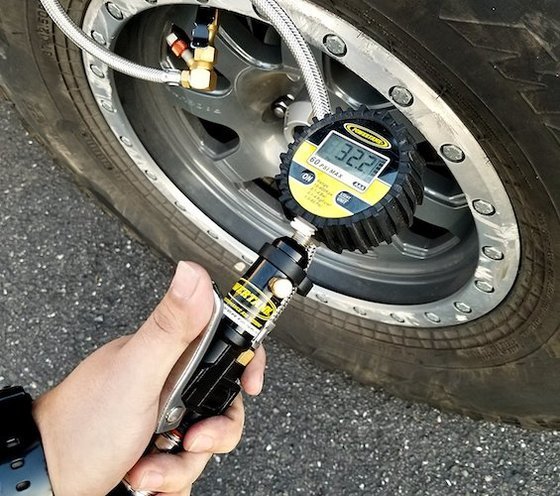 In the presence of sharp objects, the fabric will catch on, indicating the puncture site.
In the presence of sharp objects, the fabric will catch on, indicating the puncture site.
Detect the causes of rubber puncture near the nipple, on the rim of the alloy wheel or in the tread using indirect causes: ;
If the tire on the car began to slowly deflate as a result of a side cut, then such a repair is not easy even for masters. Unlike a tread puncture, the area near the rim of an alloy wheel is softer and thinner. This does not allow you to put a patch or install a harness. Even after removing the cause, the damaged wheel will slowly bleed under load. Also, repairing a side puncture is dangerous because it affects the durability of the tire. Therefore, with a strong side cut, it is better to change the wheel to a new one.
Also, repairing a side puncture is dangerous because it affects the durability of the tire. Therefore, with a strong side cut, it is better to change the wheel to a new one.
In the event that a tread puncture is the cause of air bleeding, the tire can be easily repaired. It is important that in this case the rim of the cast disk is not damaged, and the hole size is no more than 4-5 mm. If a larger object hits, it will not be possible to repair the wheel on your own, so you need to sign up for a service station. If the tire on the car descends slowly, and the puncture diameter is several millimeters, a rubber band, glue and an awl will be needed for repair.
If the tire bead does not seal against the rim, the defect in the cast rim must be repaired first. There are many reasons why a dent appeared on the surface - due to falling into a hole at speed, upon contact with the curb. If you do not align the disk, the tire will slowly deflate, it may depressurize when driving a car. Dents are "rolled" in the service. You can fix the breakdown on your own on the road with the help of a heavy object - sometimes it is enough to hit the rim with a hammer to stop lowering. However, this is a temporary option.
Dents are "rolled" in the service. You can fix the breakdown on your own on the road with the help of a heavy object - sometimes it is enough to hit the rim with a hammer to stop lowering. However, this is a temporary option.
If the rim is OK and the wheel continues to bleed, the problem may be in the spool. On the road, such a “puncture” can be corrected by pressing hard on the nipple. In case of deformation of the nipple, contact the specialists, as it needs to be changed.
Since the wheel itself may be the reason why the wheel began to deflate, let's look at the problem in more detail. The rim is damaged when hitting a curb, due to old age or improper storage, which affects the tightness of its fit to the tire. Deformation of a cast wheel is also possible due to poor-quality alloy.
In case of advanced corrosion or mechanical damage to the rim, the disc is repaired or replaced with a new one. It is forbidden to pour sealant inside.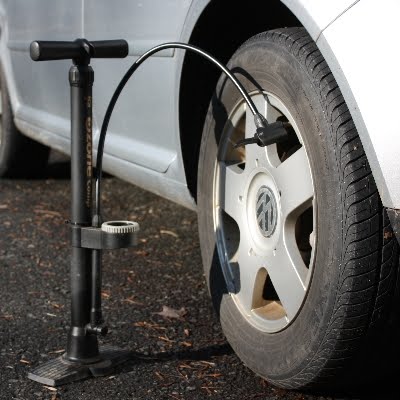 It won't fix the rim problem, but it will definitely ruin the tire.
It won't fix the rim problem, but it will definitely ruin the tire.
Summer Drive Protection Sound Comfort
Rating:
4.5
Tires Goodyear Eagle F1 Asymmetric 3 SUV
Summer Drive Protection
Rating:
4.5
Tires Goodyear Eagle Sport TZ
Summer Drive Protection
Rating:
4.5
Tires Goodyear EfficientGrip 2 SUV
Summer Drive Protection Run On Flat
Rating:
4.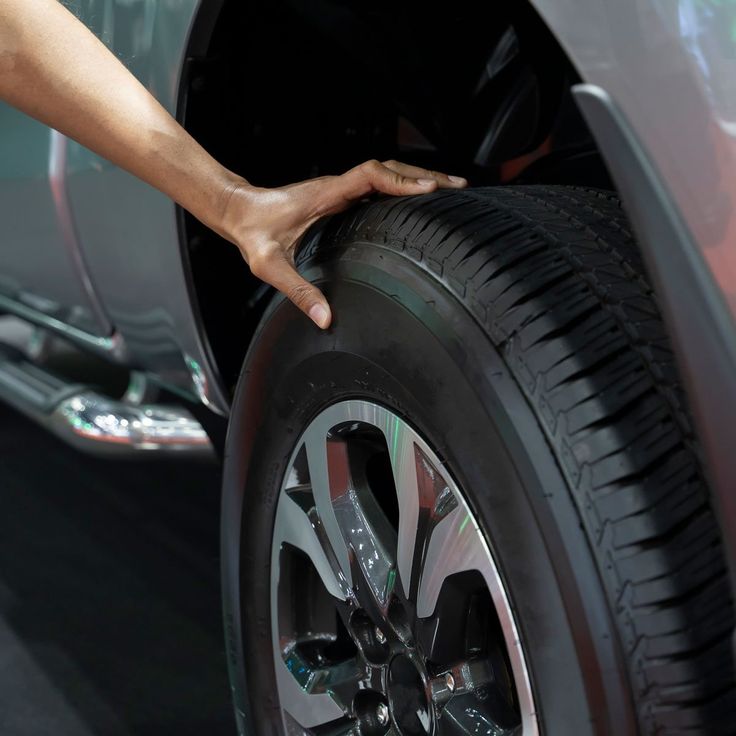 5
5
Tires Goodyear EfficientGrip Performance
Winter Drive protection
Tires Goodyear UltraGrip Arctic 2 SUV
Winter Drive Protection Sound Comfort
Rating:
4.5
Tires Goodyear UltraGrip Ice 2
Winter Drive Protection Sound Comfort
Rating:
4.5
Tires Goodyear UltraGrip Ice SUV
Winter Drive protection
Tires Goodyear UltraGrip Performance+ SUV
All season Drive Protection
Rating:
5
Tires Goodyear Vector 4Seasons Gen-3 SUV
Summer Drive Protection Run On Flat
Rating:
4
Tires Goodyear Wrangler HP All Weather
All season Drive Protection
Rating:
4.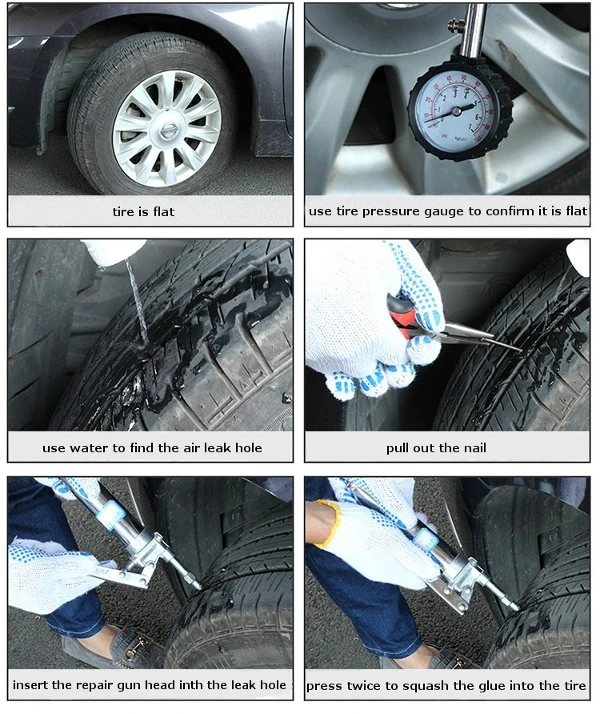 5
5
Tires Goodyear Vector 4Seasons
Summer
Rating:
4.5
Tires Goodyear Wrangler All-Terrain Adventure with Kevlar
Summer Drive Protection
Rating:
4.5
Tires Goodyear EfficientGrip SUV
Summer Drive Protection Run On Flat
Rating:
4
Tires Goodyear Eagle F1 Asymmetric SUV
There are many reasons why a tire deflates.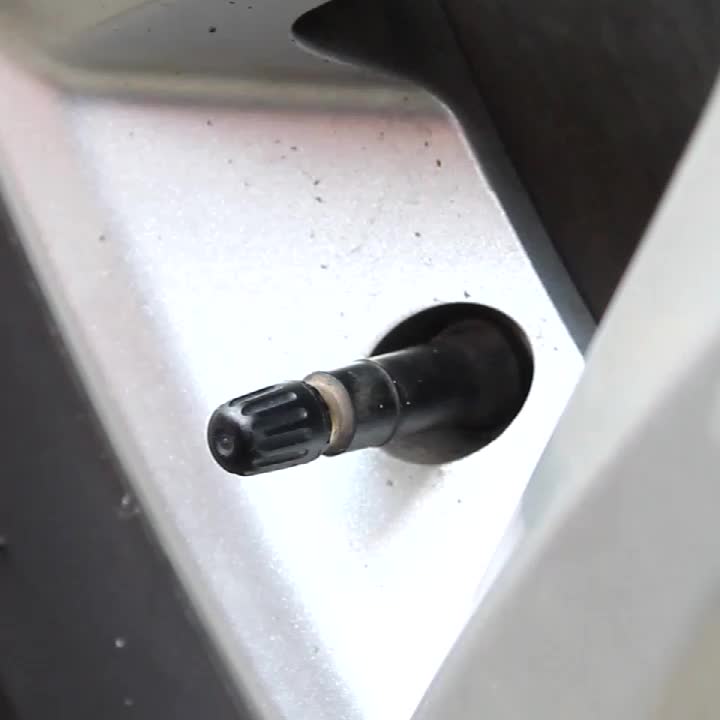 First of all, punctures occur due to foreign objects that are found on the roads - screws, metal fragments, glass and other debris. Breakage can occur due to a rim that has fallen into a hole, which cracks and begins to bleed air. Tires can also be damaged due to a malfunctioning suspension of the car, which increases the load on the rubber.
First of all, punctures occur due to foreign objects that are found on the roads - screws, metal fragments, glass and other debris. Breakage can occur due to a rim that has fallen into a hole, which cracks and begins to bleed air. Tires can also be damaged due to a malfunctioning suspension of the car, which increases the load on the rubber.
Having studied the reasons why flat tires, let's summarize. In order not to create an emergency during the trip, you need to check the discs for wear, measure the pressure regularly. If you find a defect, contact a specialist. For repairs in extreme conditions, we recommend having a set of harnesses, keys and a jack in the trunk, it is worth putting a full-fledged spare tire.
Contents:
A flat tire on a car is always a nuisance, especially if the loss of pressure caught the driver not in the garage, but on an empty highway. And it's not always a puncture, because the bleeding of air can occur along the disk. Why the wheel is lowering along the rim and what to do about it, we will analyze in the article.
And it's not always a puncture, because the bleeding of air can occur along the disk. Why the wheel is lowering along the rim and what to do about it, we will analyze in the article.
This problem is quite common with tubeless tires, where the rubber adheres to the disc due to internal pressure. At the junction of the disk and tire, the seal is sometimes broken and air is bled, which ultimately leads to a complete loss of pressure. In chamber tires, the situation is more unambiguous: if the wheel is flat, then look for a puncture.
Deformation is the main reason. Disc geometry is an extremely important thing for full-fledged work, sometimes even a dent in an insignificant place can be fatal. The car drove into the pit - the disk bent, the tightness of the cord was broken and all the air came out. Low temperatures outside the car, which causes the rubber to harden, is a common cause, especially if tightened with a tire change. Also, due to poor maintenance, improper storage of the prefabricated kit, or constant driving on roads sprinkled with reagents, the disc begins to rust, as a result of which corrosion eats away the metal, forming micro-holes through which air will be gradually etched.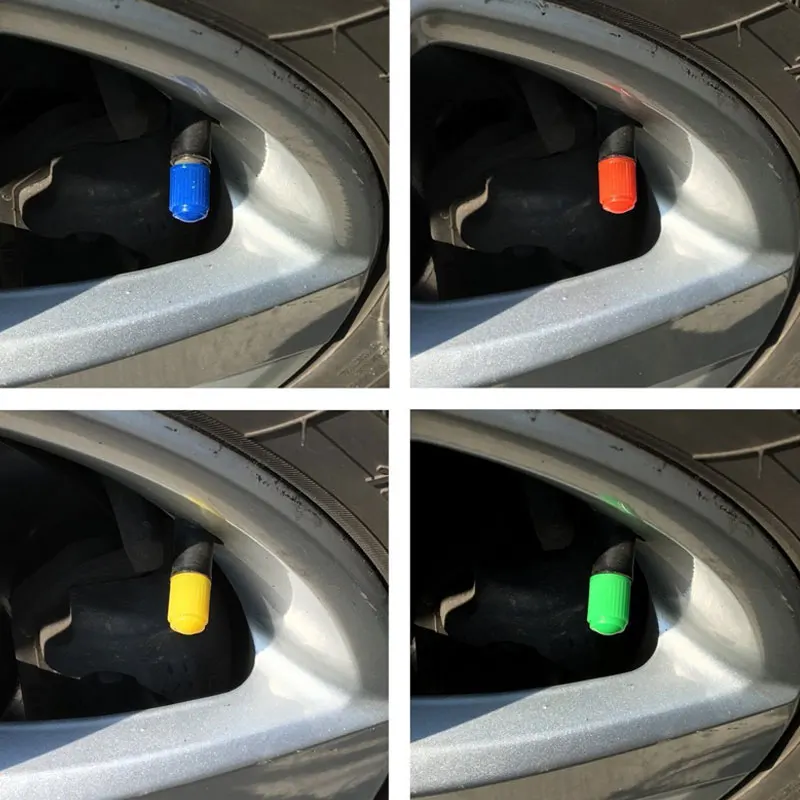 Blowing off the wheel can also occur through a faulty nipple.
Blowing off the wheel can also occur through a faulty nipple.
In the end, the reason that the wheel is going down is the most banal - the rubber is already old and deformed over time, which means it is physically unable to provide the desired density at the point of contact. There is nothing to prevaricate here: the tire urgently needs to be replaced.
It would seem that since such a disaster does not happen with chamber tires, isn’t it better to give preference to them? Maybe in this sense this is true, but in fact, tubeless has more than one advantage. Here they are:
They have no friction between the tube and rubber, which means that the tire heats up less during long rides.
It is lighter and more reliable, since the chamber version can burst at high speed.
It balances better and holds pressure longer after a puncture.
A hole in the tread may not interfere with the ride at all - a stuck nail will simply not allow air to escape.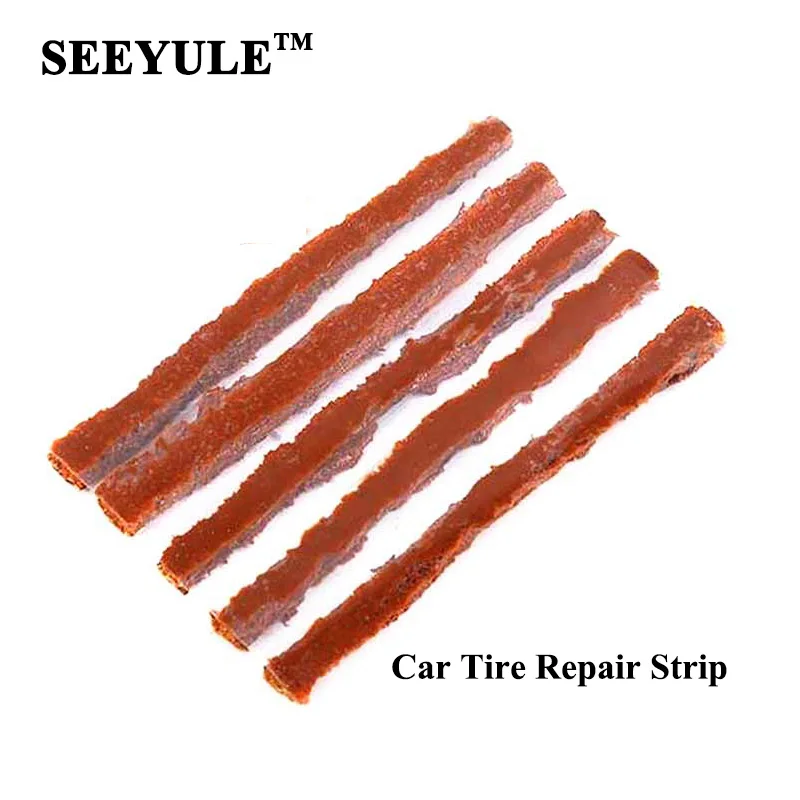 With a chamber tire, this is impossible, it will be blown away pretty quickly.
With a chamber tire, this is impossible, it will be blown away pretty quickly.
Damage to the tread can be urgently repaired with a repair harness. This is quite enough to get to the nearest tire center and change tires.
First, make sure that you do not have a puncture in the wheel or that the cause of the trouble is not in the nipple. It is elementary to notice a protruding nail, but it is not always necessary to pull it out immediately and immediately. As we wrote above, a foreign object can simply get stuck in the tread and the air will have nowhere to go. An open puncture is repaired with a tourniquet.
The valve must be smeared with soapy water or simply slobbered - if there are no bubbles anywhere, then it has nothing to do with it. A defective nipple will have to be replaced with a new one.
If the valve is in order, fully inflate the tire and smear the edges of the cord with soapy water. You can do this with a brush or use a sprayer. Air bubbles will tell you that the source of the trouble is in the detachment of the cord from the disk surface, i.e. in violation of the tightness of the tire seat. Metal edges should also be carefully examined - any cracks and welding defects can be the cause of a pressure drop.
Air bubbles will tell you that the source of the trouble is in the detachment of the cord from the disk surface, i.e. in violation of the tightness of the tire seat. Metal edges should also be carefully examined - any cracks and welding defects can be the cause of a pressure drop.
You can eliminate the descent from under the rim like this:
We poison all the air and remove the wheel from the car.
It is best to disassemble it, so it will be much more reliable to fix the problem. In order not to do the balancing again after the procedure, it’s a good idea to mark the position of the nipple with chalk first.
The disk edges will have to be properly sanded with fine sandpaper in places of rust damage and covered with a new layer of paint.
After the paintwork has dried, we put the tire back on and spread the rubber on the places where the cord touches the disk with a special sealant or mastic. Or you can use the soap solution again, but this time cook it much thicker so that it resembles glue in viscosity.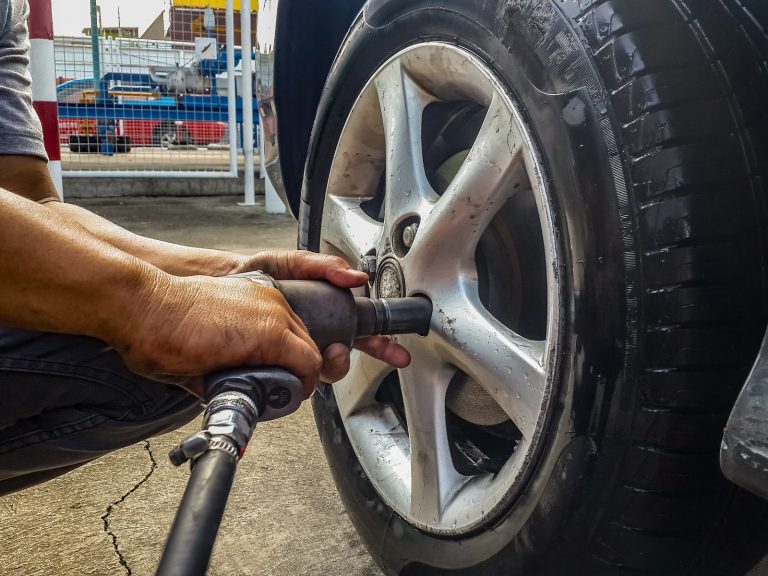 And with the help of a simple brush, we go around the entire circumference of the cord on both sides of the wheel.
And with the help of a simple brush, we go around the entire circumference of the cord on both sides of the wheel.
We inflate the tire with a compressor, pressing the cord against the disk.
So we will eliminate the damage and provide a tighter fit on the seat. The sealing compound must penetrate all micropores and prevent new bleeding of air.
If there is absolutely no time to remove the wheel, and trouble overtook you on the road, it is enough to bend the edge of the cord and also smear the rubber with sealant or soap. This is quite enough to reach the garage or car service.
The described methods are suitable if there was no serious deformation and there are no cracks in places near the mounting holes or there is no damage to the tire cord. In the worst case, you can’t do without rolling a disk in a tire fitting or replacing it. If you have an alloy wheel, then you can fix it, but this is an extremely expensive business, comparable to buying a new one.